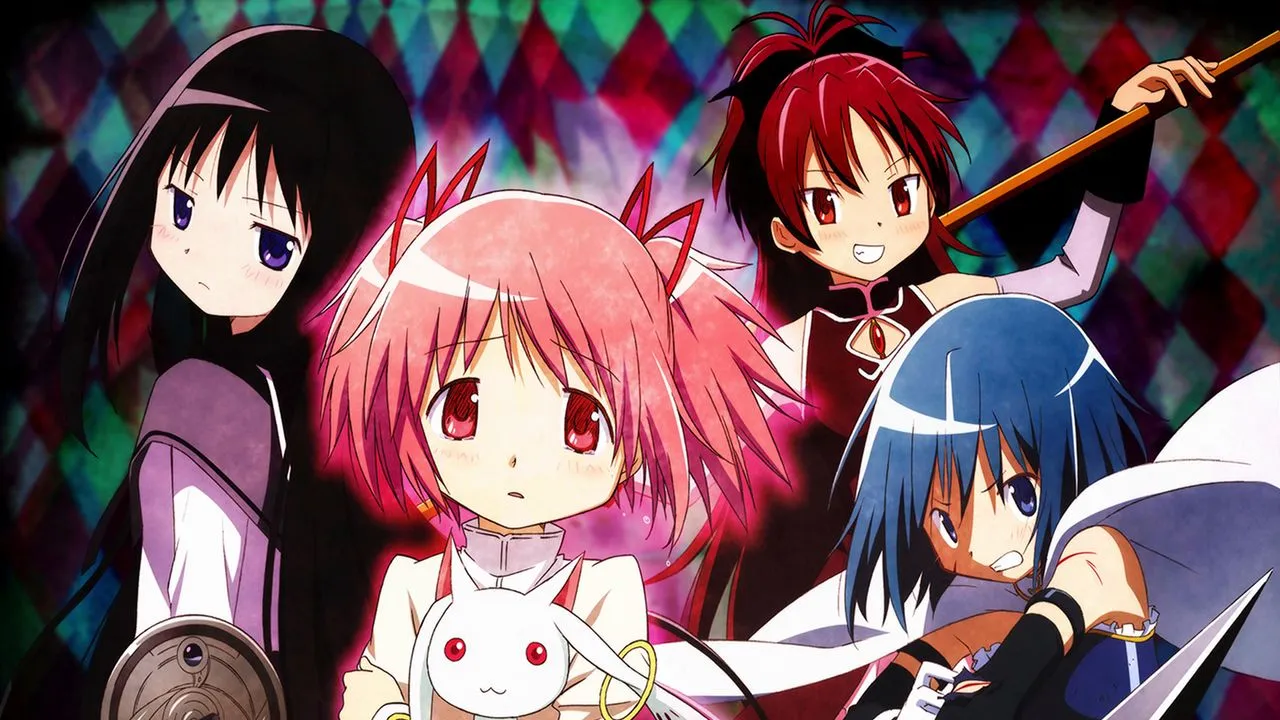Puella Magi Madoka Magica is a Japanese anime series that follows a group of girls who are offered to be magical girls by a small cat-like creature named Kyubey. In exchange for granting them their greatest wish, Kyubey wants them to fight against witches, dark and powerful creatures that threaten the world.
The protagonist is Madoka Kaname, an ordinary middle school girl who lives with her family and friends. One night, she has a strange dream about a mysterious girl fighting against a terrifying monster.
Madoka and her Sayaka run into Kyubey one day and are offered a chance to become magical girls. Despite the risks, Sayaka and another magical girl named Mami convince Madoka to join them.
As the girls begin to understand the dangerous reality of their new role, they meet more people with their own motivations and agendas, and they soon discover the true nature of the witches they are fighting and the terrible price they need to pay for their powers.
As the stakes rise, Madoka must make a decision that could change the fate of all the magical girls and the world they protect forever. The story discusses themes of self-sacrifice, hope, and consequences of choices in a dark and mature way, not falling into the stereotypical magical girl genre.
Facts About Madoka Magica :
1. It Was Originally Supposed To Be A Movie
The original concept for “Puella Magi Madoka Magica” was a two-hour long film, but it was eventually turned into a 12-episode TV series instead, with each episode being roughly around 24 minutes.

The decision to make it into a TV series instead of a movie was made due to budgetary and scheduling reasons. The creators felt that they would have more time to develop the characters and the story in a TV series format, and it would be more accessible to a wider audience.
Despite this change, the series has become a critically acclaimed and popular anime and has had a significant impact on the stereotypical magical girl genre.
2. One Of A Kind Character Design
The character design for the anime was created by Ume Aoki, a manga artist and illustrator who’s best known for her work on the manga “Hidamari Sketch.” Aoki’s distinctive style is characterized by the use of thick lines, bright colors, and a unique chibi-like character design.

In Madoka Magica, Aoki’s character design is known for its simplicity and expressiveness. The characters have large, round eyes and small noses, and thin mouths. Their bodies are often small and compact, with exaggerated proportions that are used to emphasize their cuteness and youthfulness.
Each character has a distinct color palette that reflects their personality and role in the story. Madoka, for example, is associated with pink. The witches are often depicted with wild and chaotic designs to reflect their twisted and corrupted nature.
3. Avante Garde Style Animation
The animation for “Madoka Magica” was produced by the Japanese animation studio Shaft, which is known for its avant-garde and experimental animation techniques. Shaft’s animation style is characterized by surrealism, unusual camera angles, and the use of visual metaphors and symbolism.

In “Madoka Magica,” Shaft’s animation style is used to great effect, creating a visually stunning and immersive world that reflects the story’s dark and mature themes. The animation is highly detailed, with intricate character designs and backgrounds that often feature elaborate patterns and textures.
Shaft’s animation also includes a number of unique and innovative techniques, such as the use of typography and text overlays to convey information and the use of dream-like imagery to represent the magical world of the story.
The animation also makes use of a wide variety of visual effects, including particle effects, lenses, flares, and distortion, which add to the surreal and otherworldly atmosphere of the series.
4. The Witches Are Inspired By Art
The witches in Madoka Magica were inspired by the works of a Spanish artist, Joan Miro. The inspiration was drawn specifically from the painting “Women and Birds at Sunrise,” which features a colorful, abstract landscape with various shapes and symbols.
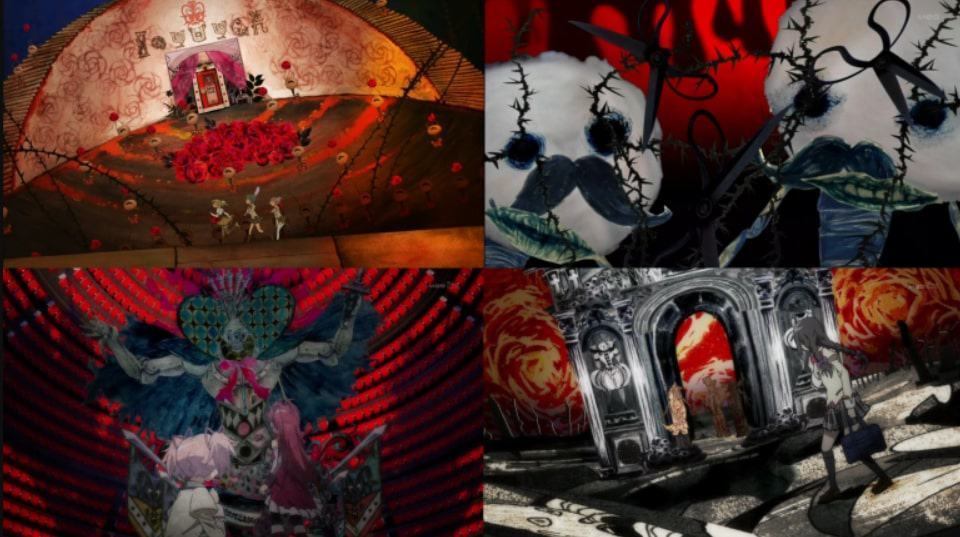
The witches are depicted as surreal and otherworldly beings with unique abstract designs. The designs incorporate a variety of shapes and symbols, including circles, triangles, and stars. The use of Miro’s art as inspiration for the witches is just one example of the series’ use of visual art and symbolism to convey its themes and ideas.
5. Nietzsche’s Philosophy Helped Shape The Series
Madoka Magica has incorporated many philosophical themes and references, particularly in regard to morality and the nature of humanity.
The concept of Übermensch or Superman by Nietzsche was one of the influences on the series. The idea of the Übermensch is central to Nietzsche’s philosophy and refers to a hypothetical individual who transcends traditional notions of morality and conventional values to create their own path and destiny.

Nietzsche’s philosophy might have played an important role in shaping certain aspects of the series, but it is not the only philosophical influence present. The series also incorporates elements of existentialism, feminism, and other philosophical and literary traditions to create its complex and thought-provoking story.
6. Homura Akemi Was Supposed To Be A Villain
Homura Akemi is one of the most popular characters in the series, but something fans don’t know is that her character design went through several changes during the making. Homura was originally intended to be a villain but was changed to an anti-hero as the series developed.
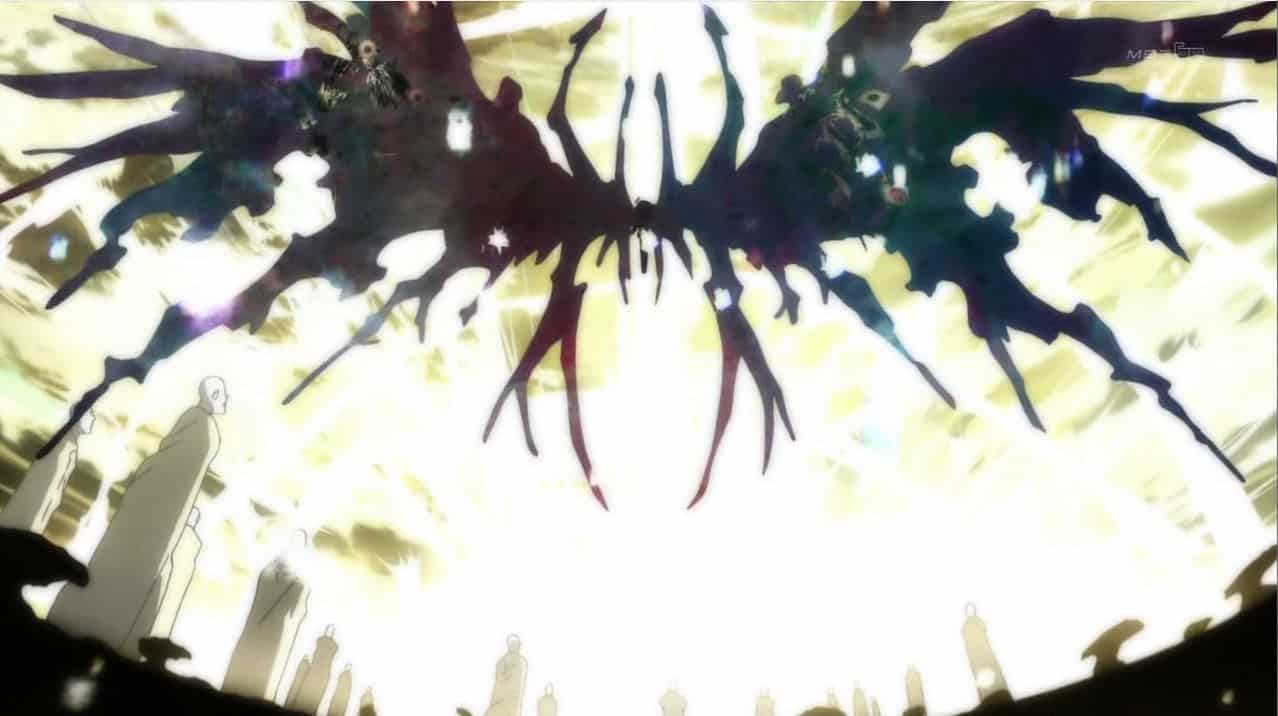
According to the interviews with the staff, Homura’s initial design was much more traditional, featuring a long dress and flowing hair. However, as the series’ themes and tone became darker and more mature, her design was altered to reflect her more serious and pragmatic personality.
In particular, Homura’s hairstyle was changed to a short, practical bob-cut which fit her no-nonsense character and her role as a time traveler.
Homura is also a complex and morally ambiguous character who is willing to do whatever it takes to achieve her goals, even if it means breaking with traditional ideals of morality. Her character is loosely based on the Übermensch concept.
7. Academic Studies Being Conducted To Study The Anime
The series has been the subject of numerous academic studies, including papers on its deconstruction of the magical girl genre and its exploration of existential themes. These studies explore various aspects of the magical girl genre, its history and evolution, its themes and motifs, and its impact on gender roles and female empowerment.
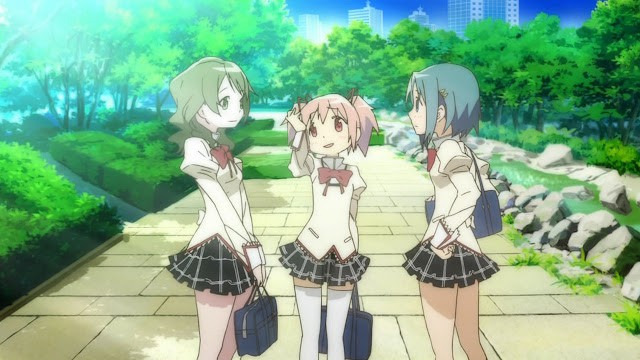
They also analyze specific works within the genre, and Madoka Magica was one of them. They analyzed it to understand how they challenge or reinforce traditional gender norms and expectations.
Overall, these studies provide valuable insights into the cultural and social significance of the magical girl genre and demonstrate the ways in which popular media can shape and reflect broader cultural values and attitudes. The series has been described as a modern classic and has been influential on the anime industry and the magical girl genre as a whole.
8. The Infamous Creator Of The Anime
The creator of Puella Magi Madoka Magica, Gen Urobuchi, is known for his dark and complex storytelling and has been called the master of nihilistic anime. Some of his other works include Psycho-pass and Fate/Zero.
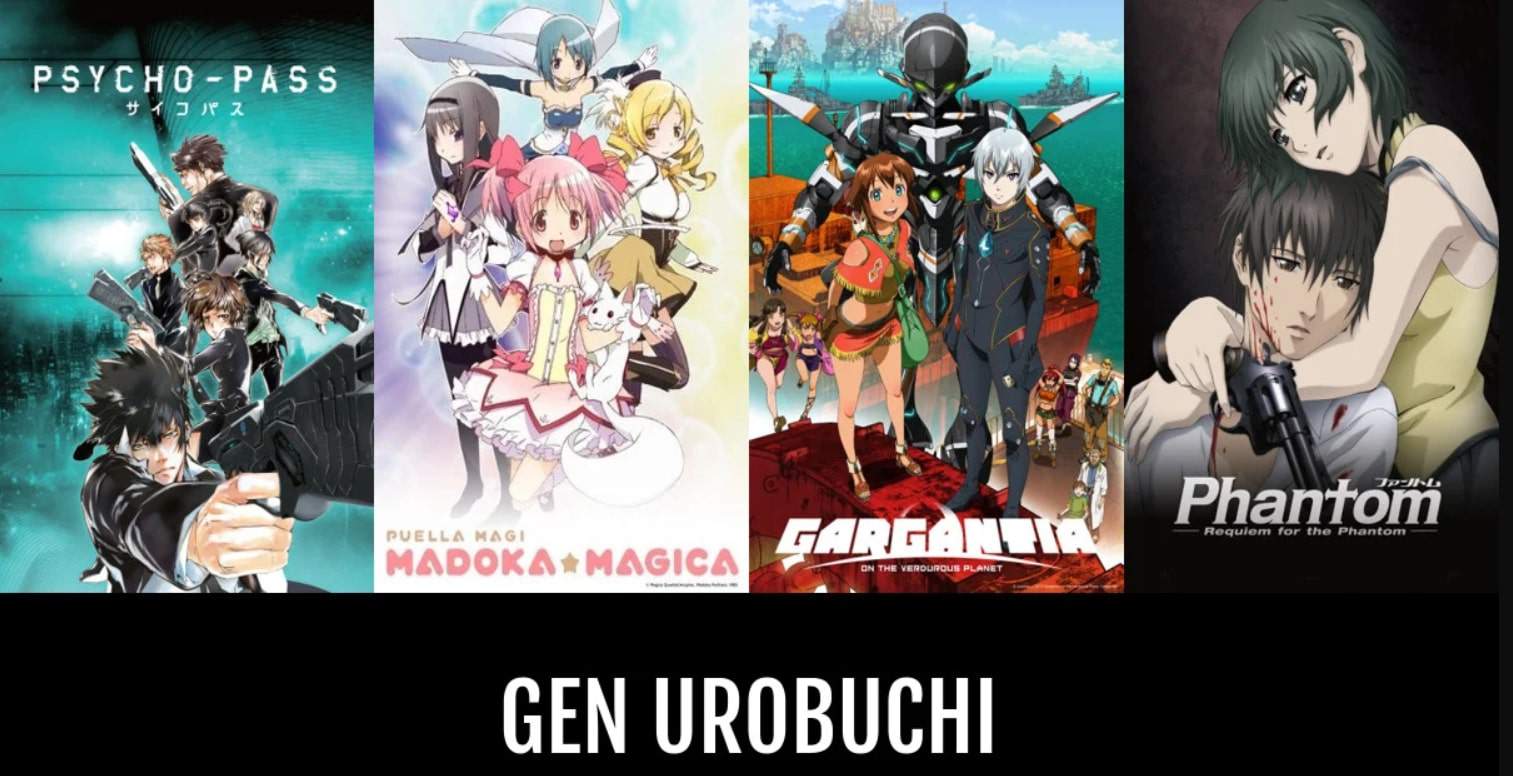
During the production and advertising of the series, the producers thought it would be a better idea to hide the fact that the creator and scriptwriter of the series were Gen Urobuchi, as he is known for his love of making his characters suffer and has also earned the title of “The Urobutcher.”
9. Rise In Popularity Caused More Adaptations
Puella Magi Madoka Magica is not just an anime series, but it has been adopted into various different forms of media. It has been adapted into manga as well as light novel formats and even video games.
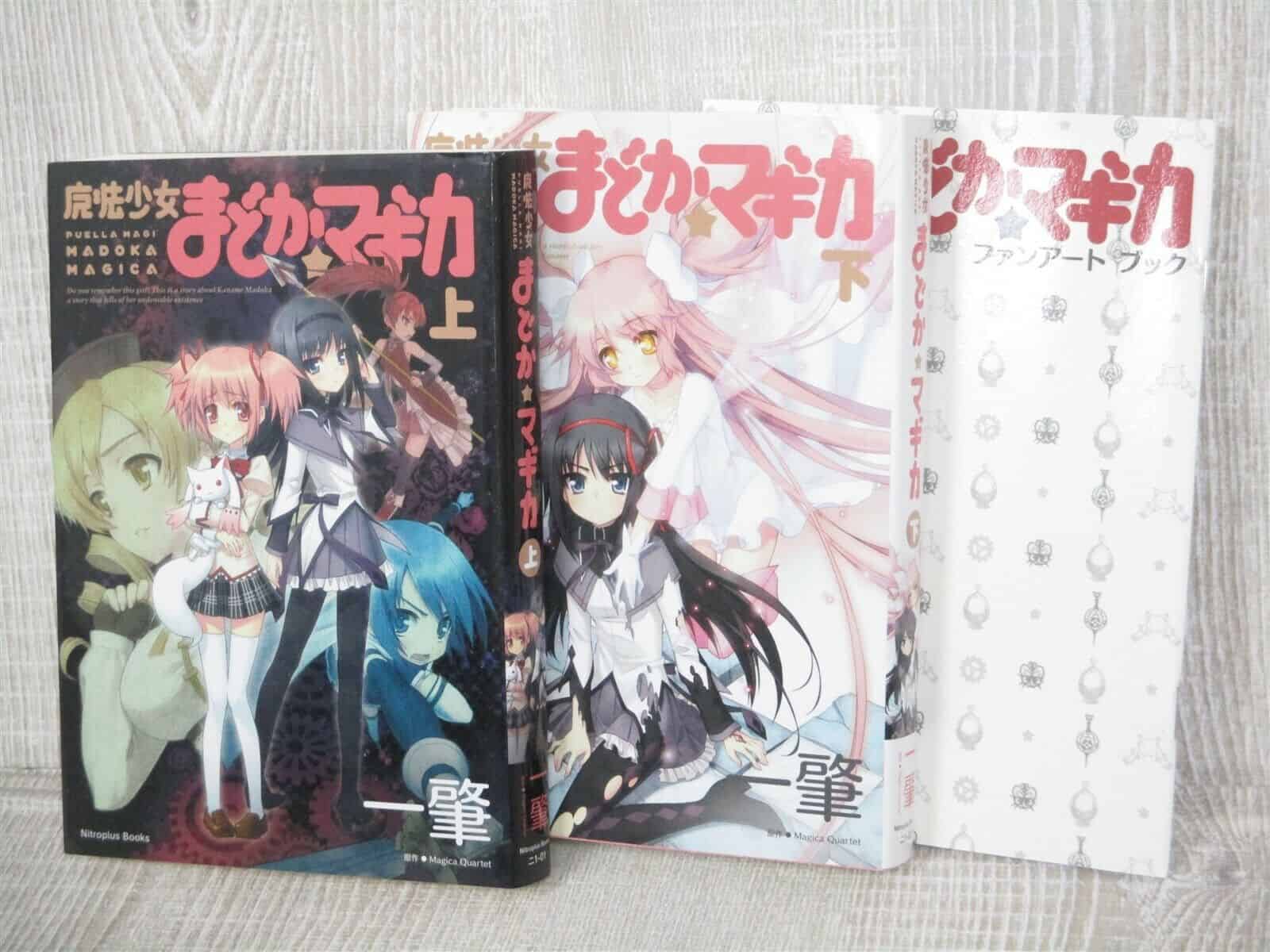
The series has also spawned a number of spin-off mangas and anime series, including two movies Puella Magi Madoka Magica the Movie Part 1: Beginnings” and Puella Magi Madoka Magica the Movie Part 2: Eternal. There was also a mobile game called “Puella Magi Madoka Magica” that came out and got pretty popular.
10. Different Than The Textbook Magical Girl Genre
The plot of Madoka Magica utilizes a narrative technique called “deconstruction” to subvert and critique the traditional magical girl genre. In the magical girl genre, a young girl is given magical powers to fight evil and protect the world.
Typically, the story is lighthearted and optimistic, focusing on themes of friendship, justice, and love. However, Madoka Magica takes a darker and more nuanced approach to this formula. It questions the underlying assumptions and exposes the darker elements of this genre.
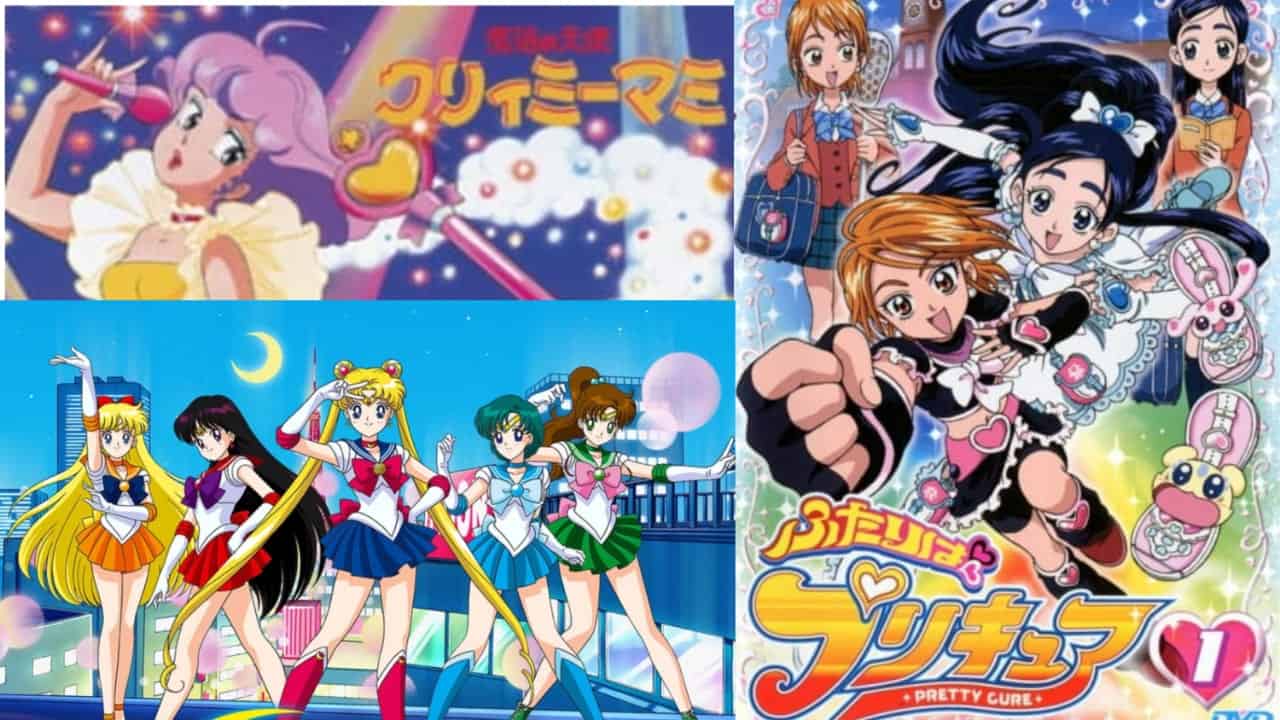
The series challenges the notion that power and violence can solve problems and suggests that true heroism involves sacrifice and selflessness. By subverting expectations and turning the genre on its head, Madoka Magica offers a thought-provoking and powerful critique of the magical girl formula.
11. Symbolism And Allegory
The series makes extensive use of symbolism and allegory throughout its narrative, often to explore complex themes and ideas. The most prominent one is witches and their labyrinths. The labyrinths represent the inner turmoil and psychological struggles the magical girls need to overcome to defeat the witches.
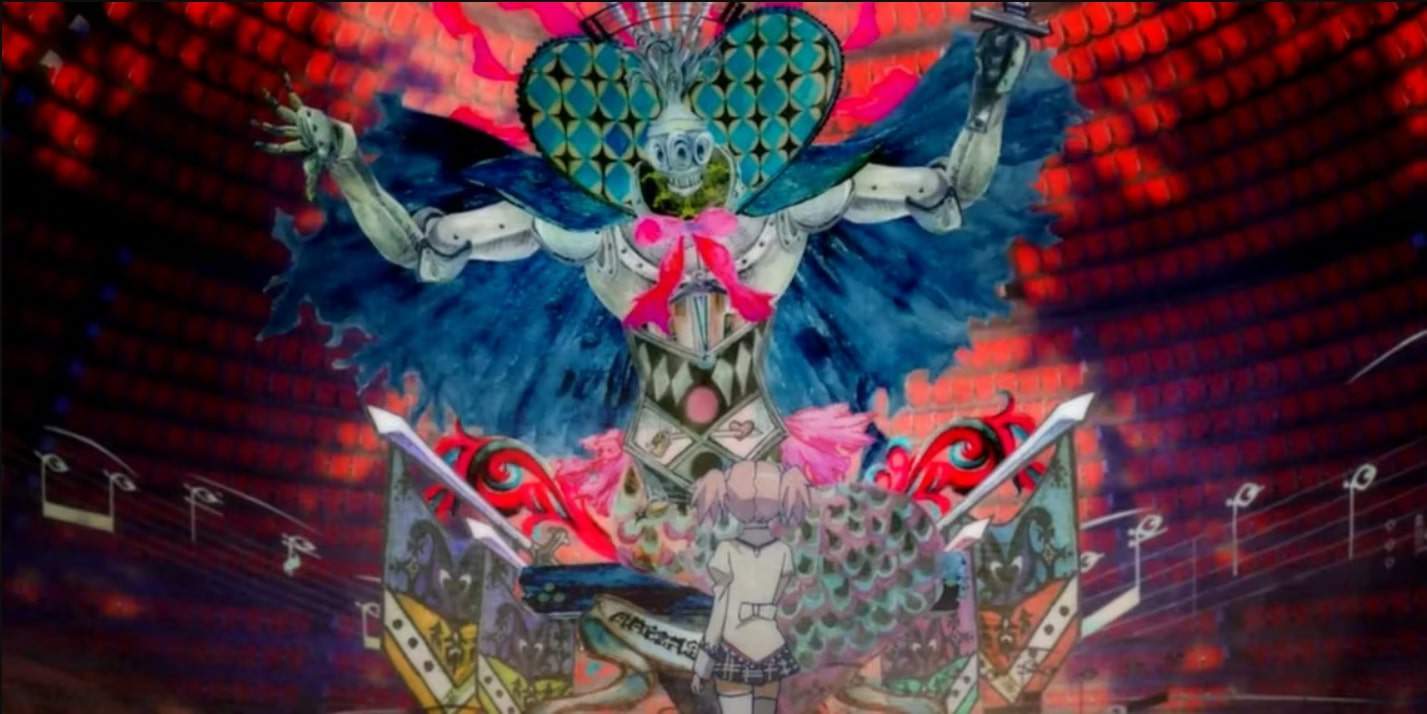
Another one is the soul gems that the magical girls use to power their magic, which is shown to darken and become more corrupted over time. This can be interpreted as a commentary on the corrupting influence of power or the dangers of becoming too fixated on one’s own desires and goals.
The names of the witches are based on different mythological figures or concepts. Their appearance also changes depending on the perspective of the viewer. To ordinary humans, they appear as ordinary humans or animals, but to magical girls and those with magical powers, they appear as grotesque and terrifying monsters because they are metaphors for negative emotions.
12. Literary References To Classic Literature
The anime’s plot contains a lot of references to classical literature. Throughout the series, there are several references to classical literature, including Johann Wolfgang von Goethe’s “Faust” and William Shakespeare’s “Hamlet.” These references add depth and complexity to the story and highlight the series’ themes of redemption and sacrifice.
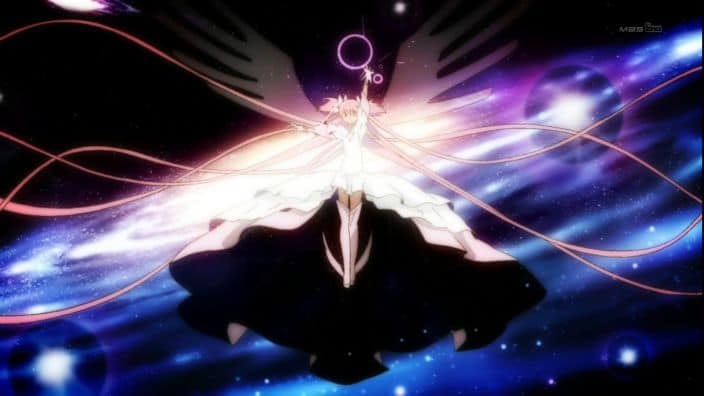
Towards the end of the series, Madoka becomes a god-like being and erases the existence of witches from the world. This ending was inspired by Goethe, who’s a German writer and philosopher who explored themes of redemption and transcendence in his works.
13. One Writer And The Nonlinear Plot
The entirety of the script of the anime was written by only one person. Gen Urobuchi, the creator of ‘Puella Magi Madoka Magica,” was responsible for writing the entirety of the script for the anime. This is a rare occurrence in the anime industry, where the script is usually divided among multiple writers.
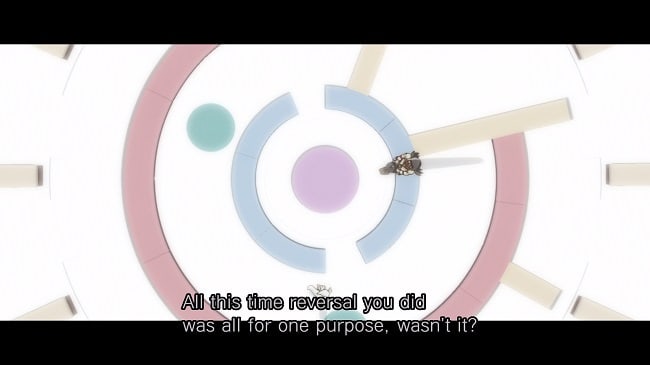
The anime’s plot, as written by Gen Urobochi, is nonlinear. It features a nonlinear plot structure, with events unfolding out of order and multiple timelines intersecting. This adds to the series’ sense of ambiguity and unpredictability and allows the story to explore complex ideas and themes.
14. Video Game Characters To Magical Girls
The character designs for the anime was originally created for a completely different project, which was meant to be a video game. However, the project was scrapped, and the character design was eventually used for “Puella Magi Madoka Magica” instead.

This is why some of the character designs, such as Mami’s outfit and weaponry, have a more futuristic or sci-fi aesthetic, which is not typical of the magical girl genre. Additionally, the concept of the witches, which are the main antagonists of the series, was also created for the same video game project.
15. The Series Won Major Awards
Puella Magi Madoka Magica has won major awards both in Japan and internationally since its release in 2011. The awards it won in 2011, right after the release, are the Tokyo Anime Award for Anime of the Year and the Newtype Anime Award for Best TV Anime Series.
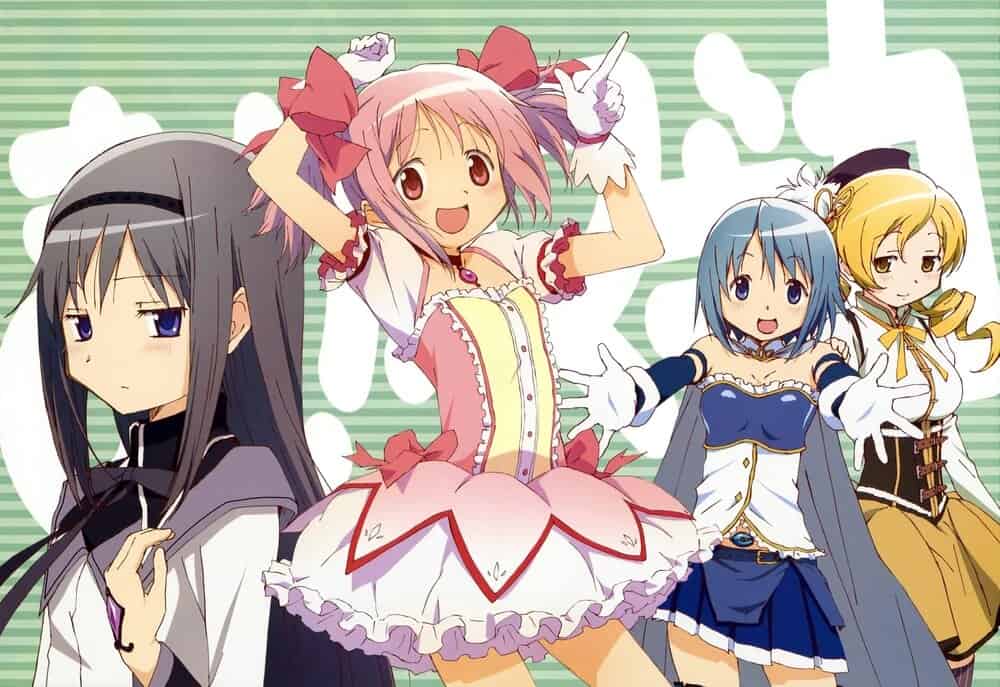
In the later years, it went on to win more awards and prizes, like the Japan Academy Prize for Animation of the Year in 2012 and the Crunchyroll Anime Award for Best Drama in 2016.
Homura Akemi’s character was so well-loved and popular that she won her own award, the Animage Anime Grand Prix for Best Female Character, in 2011. This was in the same year as the release of the anime too.
16. Kyubey Is An Enigma
Kyubey’s design was inspired by various small animals, and it was created to make him both cute and unsettling. Kyubey is not only an unambiguous liar but a creature that uses its mastery of lying as one of its main hunting tools.
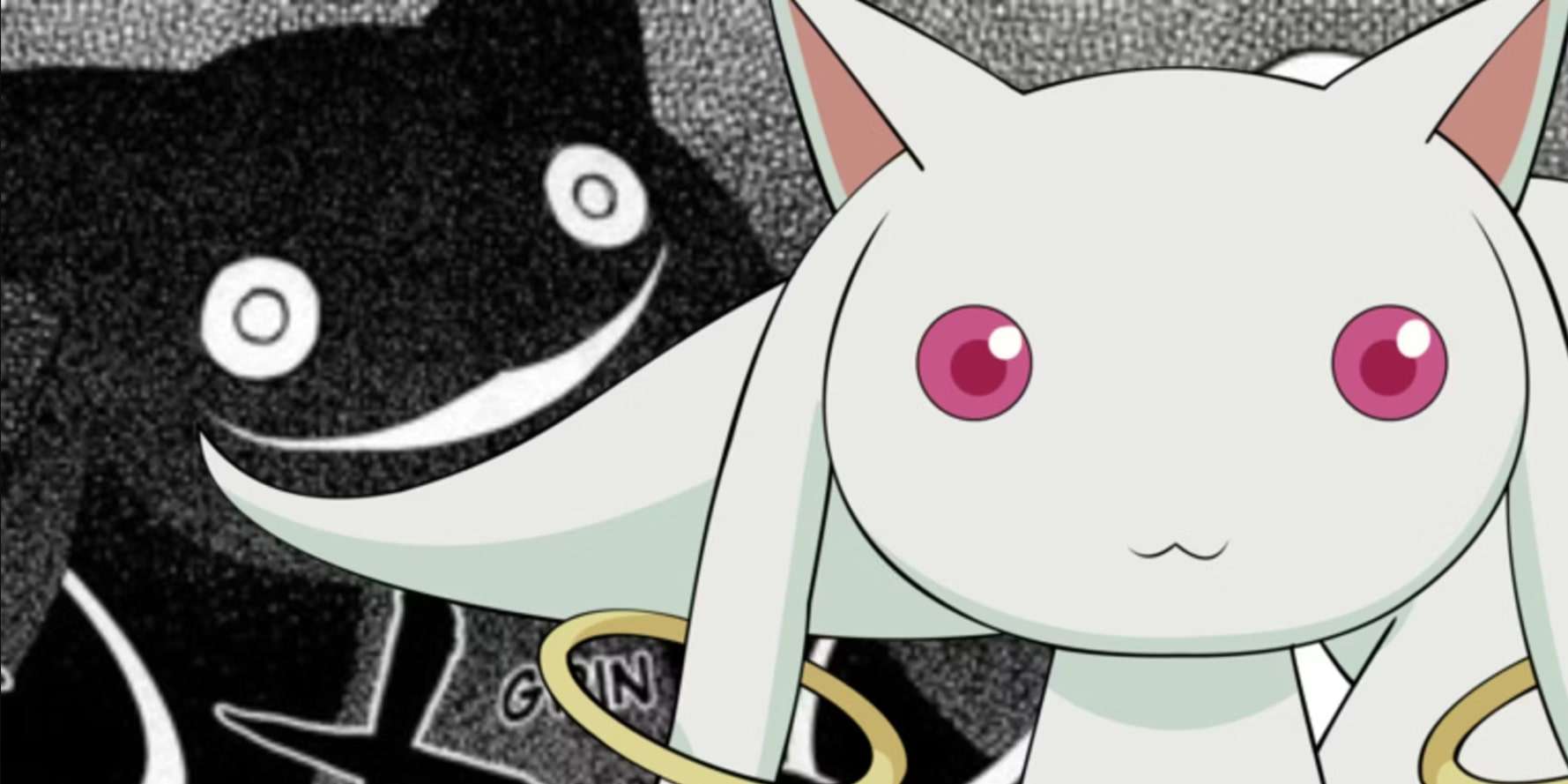
Kyubey’s motives are unclear throughout the entire anime, but it is eventually revealed that he is an extraterrestrial being who is attempting to save the universe from entropy by harvesting the energy produced by the emotions of magical girls, specifically grief, to collect the grief seeds.
Kyubey’s name is a play on the Japanese word “Kyuubi,” which means nine-tailed fox and is a reference to his multiple tails.
Also Read: Magia Record: Puella Magi Madoka Magica Side Story Final Season: Key Visual & What To Expect

